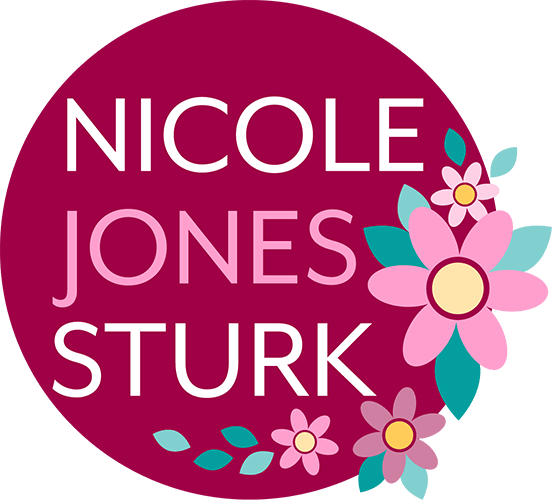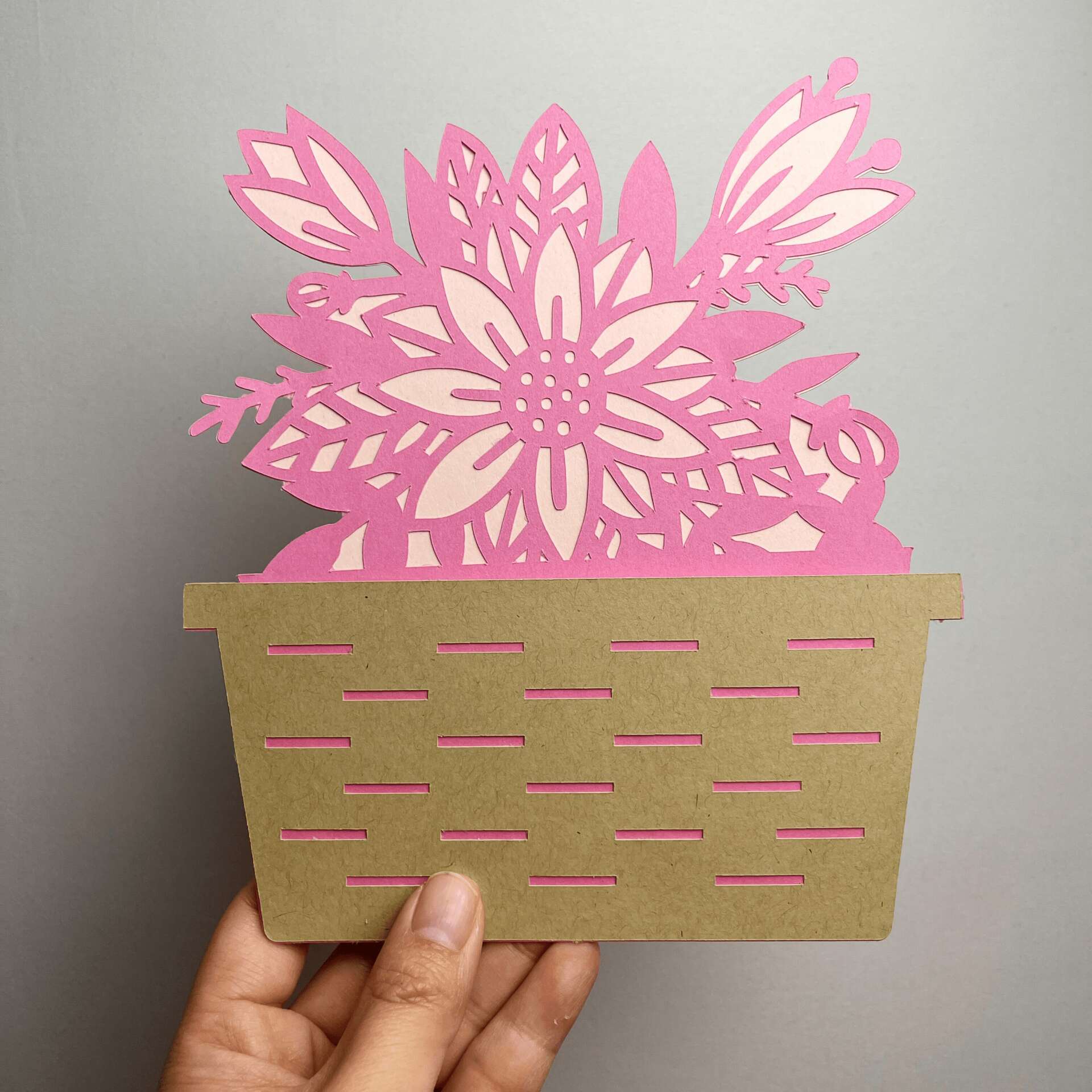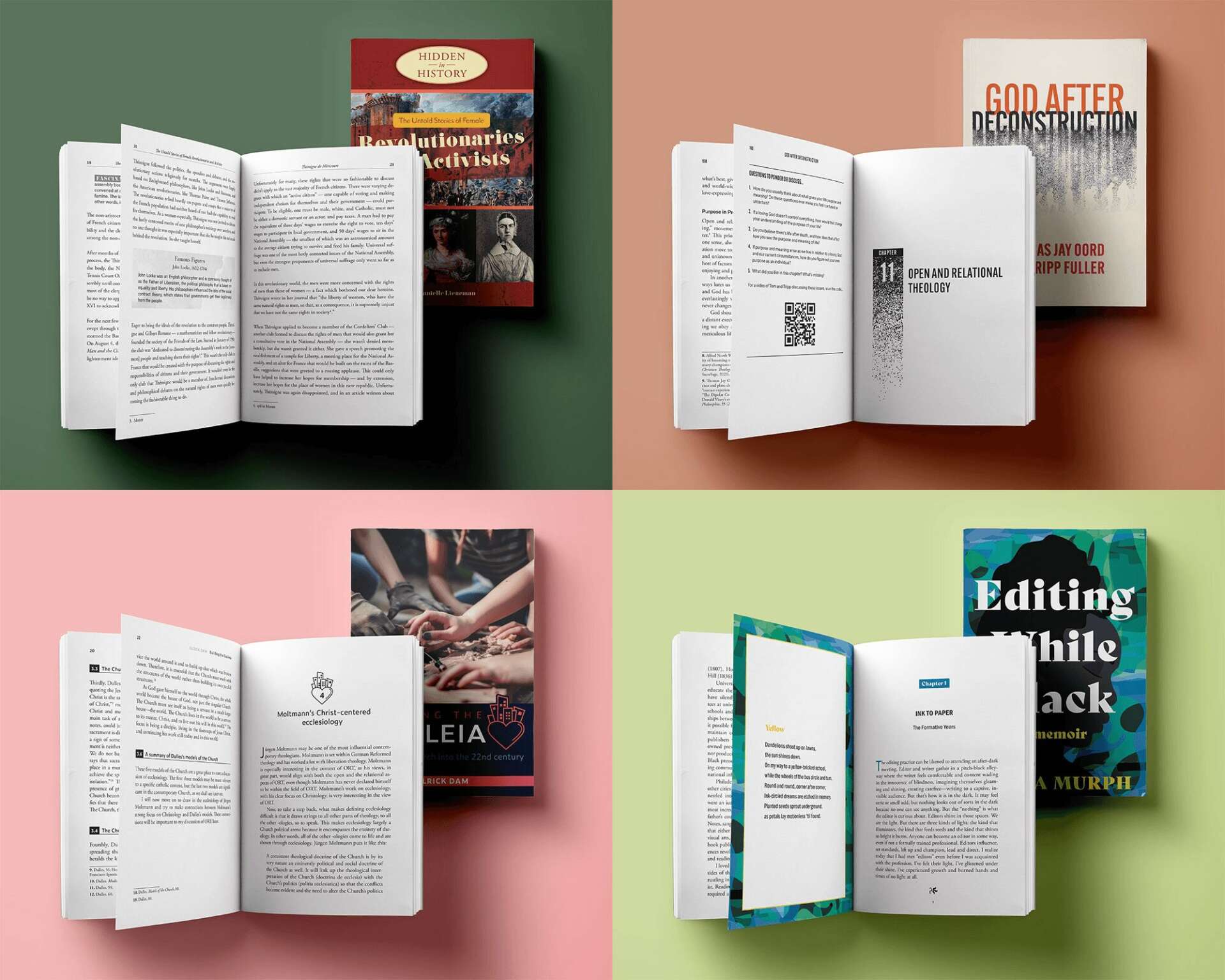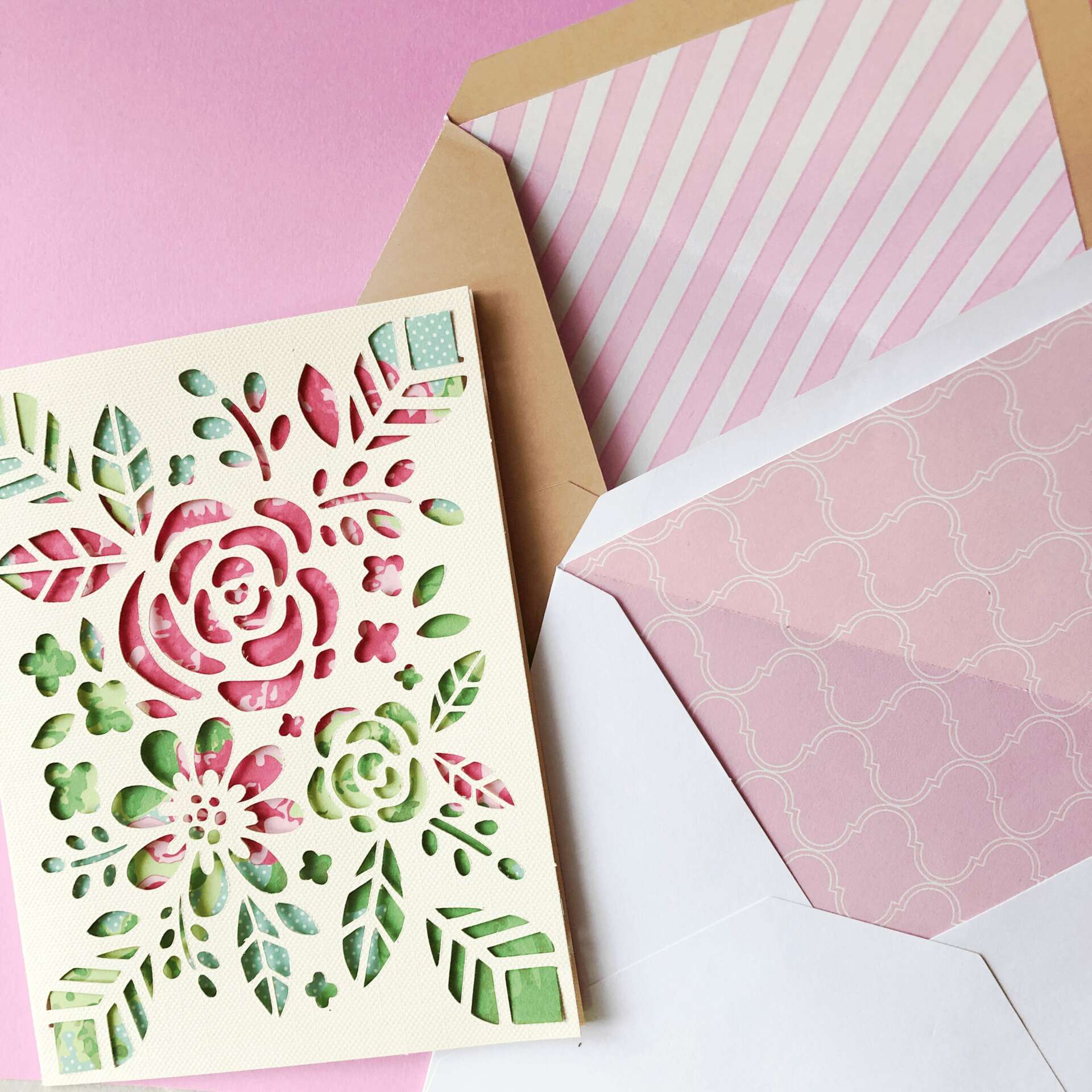We recently connected with Nicole Sturk and have shared our conversation below.
Nicole, thanks for joining us, excited to have you contributing your stories and insights. Earning a full time living from one’s creative career can be incredibly difficult. Have you been able to do so and if so, can you share some of the key parts of your journey and any important advice or lessons that might help creatives who haven’t been able to yet?
Yes, I am lucky enough to be able to support my family with my work as a freelance designer and artist. My journey began about nearly 20 years ago when I graduated college with a general art degree. I had no real direction, however, and without a lot of options, I fell into an office job working in book publishing as a typesetter. I was there for almost a decade, and it turned out that I would come to love working with books. After marrying and having my first child, my husband and I decided we needed to move across the country so he could attend college himself. It became necessary for me to figure out how to both take care of our daughter and help make money as he attended school. My solution was to stay home and freelance. It was definitely a leap of faith. As a freelancer, I offered a variety of services: I did book typesetting, like I had done in my office job; I did some illustration and artwork; I branched out into other areas of graphic design like flyers and web ads—basically any gig I could get ahold of that I thought I could handle. In addition, now that I was working for myself, I took the opportunity to develop an art business. I started selling my own work as clip art, printables, and craft templates. Currently, I have found a few awesome clients that I work with regularly to design books for self-publishers. On the side, I run an Etsy shop and several other online platforms for my artwork, and I am a Contributing Artist for Cricut working a lot of with craft designs. My family’s journey is still going and I’m still figuring a lot out with regards to my art. Meanwhile, I have more kids to care for now, and a husband now moving on through medical school.


Nicole, love having you share your insights with us. Before we ask you more questions, maybe you can take a moment to introduce yourself to our readers who might have missed our earlier conversations?
I have always been a creative person, I loved arts and crafts as a child and into adulthood. Interestingly, though, it was not my initial plan when I started college. I thought I might go into science or math. The desire to create was there, however. My first choice of major was architecture, which I thought would balance the technical and artistic sides of me. That did not last long, because after taking just one drawing class (required for architecture) I switched my major to art.
I never had any focus as an art student, though. I contemplated children’s books, greeting cards, fine art—but nothing concrete. I didn’t know what to do when I graduated. I ended up applying for a job from the classifieds that wanted someone interested in learning Indesign, which I had used only once before in a graphic design class. I got the job, and with that began my long career in book publishing, and eventually a freelance book designer.
On the side, I always continued to try and pursue something creative. I did a lot of exploration, and I feel I finally gained the focus I was searching for while in school. I figured out what I was good at and what suited me, and I learned about the specific industries I wanted to be a part of. In addition, my freelance work forced me, in a way, to fall in love with graphic design, which was not my main focus or interest in art school.
So my business has always had two sides: my freelance work with books and general graphic design and my personal pursuit in selling my artwork and craft designs. I guess someday, I would love to figure out a way to merge the two, but I am happy with what I’m doing at present.


How can we best help foster a strong, supportive environment for artists and creatives?
I think one of the most important thing society in general can do to support artists is simply to appreciate the work they do. It is especially relevant today as topics like AI become more of an issue. I think many do not realize the amount of knowledge and skill is involved in the design around them, when in reality, the whole world revolves around human creativity. In regards to AI, it is my belief it can be a great tool, but it cannot replace the human touch or perspective.


What do you find most rewarding about being a creative?
As a book designer, I just love taking an author’s rough ideas and manuscript and bringing it to life for them as a “real” book. Since I work a lot with self-publishers, it is my goal to give them a professional and polished end product.
As an independent artist in the crafting industry, what I have found most rewarding is seeing other creative people using my art and templates in their crafts. The fact that my designs can make someone else excited to create is wonderful.
Contact Info:
- Website: https://www.nicolejonessturk.com/
- Instagram: https://www.instagram.com/nicolejonessturk/
- Facebook: https://www.facebook.com/nicolejonessturk
- Youtube: https://www.youtube.com/@nicolejonessturk
- Other: Tik Tok: https://tiktok.com/@nicolejonessturk
Etsy: https://nicolejonessturk.etsy.com/
Cricut profile: https://design.cricut.com/landing/profile/5cec22a623e54e2942f48503




